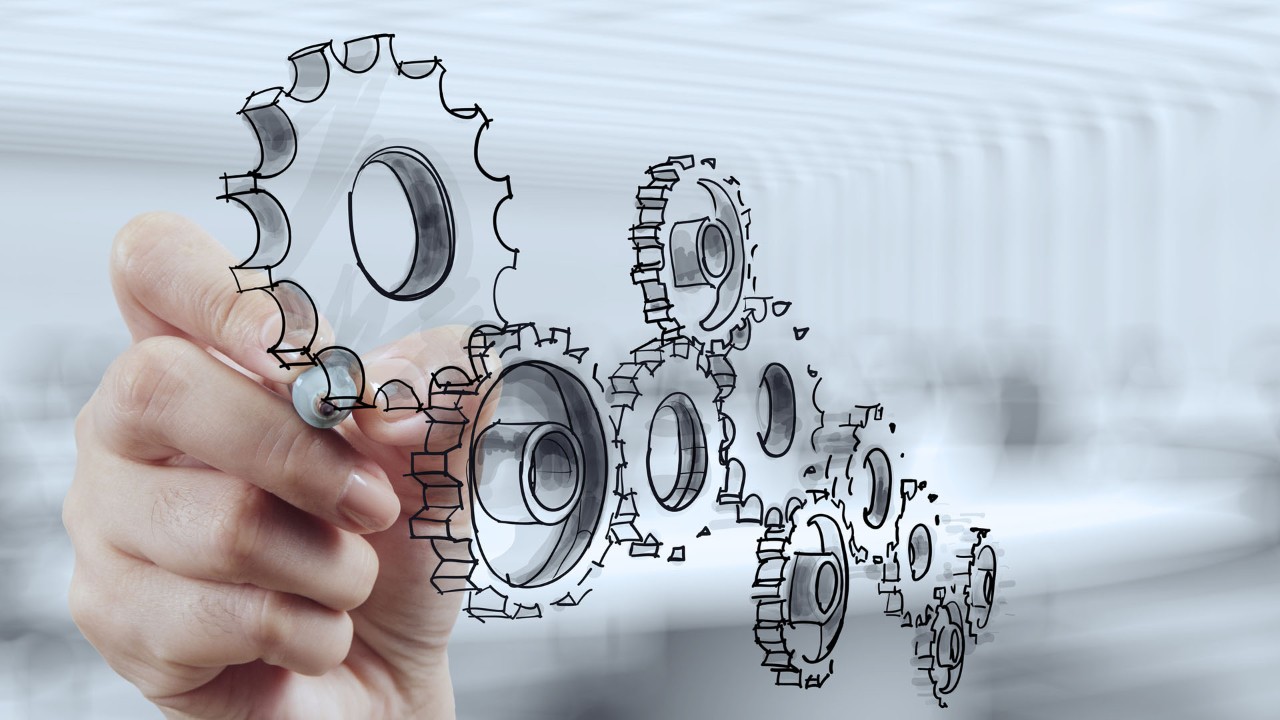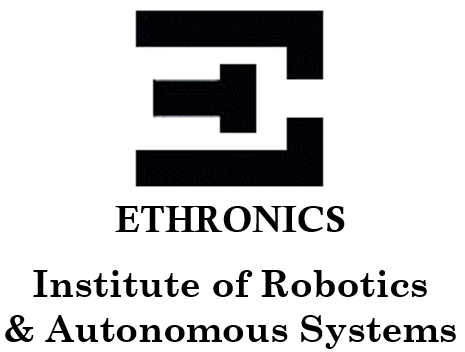
"Making Prototypes Reflect Real-World Manufacturing Constraints"
Mon, 09/25/2017 - 12:09pm by Lee Goldberg - Editor - @TheLeeGoldbergThis is an excerpt from Product Design & Development net on responses from prototyping experts for "tips on avoiding capability mismatches and strategies for choosing the right prototyping process for particular application" You can and should read the full article here, but below, we have presented the two responses in full, that included most of the major issues that needed to be addressed.

1. Naftali Eder: - Stratasys Ltd:
First, consider the part’s physical characteristics produced by the 3D printing technology used, which can vary greatly in terms of strength, detail and finish. PolyJet inkjet-based 3D printing, for example, uses materials with high detail surface finish that accurately represent all of the very fine details of your CNC or injection molded parts, whereas FDM technology based upon the fused layers of real plastic filament would better represent the functionality of the end-use part. When designing parts requiring high tolerance mating surfaces or aligning parts – PolyJet would be ideal.
When designing products that require load bearing or high–temperature capability, then FDM is a stronger fit. Holes should typically be designed undersized, while mating surfaces should be designed oversized and then subsequently machined. For elements featuring thin walls, consider that the z-axis strength of 3D printed materials may not stand up to the functional requirements of the end product. For such cases, use buttresses or ribs at the base of walls, or bulk the walls up, just for the prototyping stages. Consider a ‘temporary’ clamp in place of screw threads that you would add to the prototype design just for the sake of keeping the two parts together in testing, which would then be removed in the final design.
The correct selection of composite materials such as Stratasys Nylon 12 Carbon Fiber may also help here. Just because you can 3D print it, doesn’t mean you can manufacture it using traditional processes. 3D printing vendors often make the mistake of showing off certain capabilities of the printer that don’t translate into the real world of production. Try to avoid geometries that are challenging for subtractive manufacturing, such as blind holes, internal voids and undercuts. Even if you can prototype as a single integrated part, for the sake of fit and functional testing, break the part along the same seam-lines as the final product would be.
And finally, use 3D printing for more than just the product you’re designing. Use it to build the manufacturing aids, the jigs, tools and positioning equipment that can help within the subsequent production line itself.
Naftali Eder is an application engineer with the Rapid Prototyping Solutions Business, Stratasys Ltd.
2. John Sidorowicz - Xcentric Mold & Engineering::
Each manufacturing process has advantages and limitations, especially when you factor in speed, accuracy, materials, and cost. Defining what is most critical to your project may help as you begin the design process, and can certainly prepare you in choosing the best method of manufacturing. Designing for each process often has a different set of rules and making design considerations at the start of your project will impact the costs associated with prototyping and production.
Firstly, when designing a part to be prototyped using additive manufacturing (or 3D printing), it is important to understand up front that some design features may need to be altered for injection molding, or production. Building these design considerations into design versions may help you reduce the needs for re-design at each stage of the project.
A few items for consideration:

-1-Large parts outside the space limitations of your chosen process can be broken up into smaller pieces and assembled later.
-2- Avoiding sharp edges in your design can improve accuracy.
-3- Geometric angles larger than 45 degrees will require support in 3D printing, which could limit the complexity in your prototype version.
-4- Thick walls and hollowed interiors can reduce print time; however, they are features that will need to be re-designed for a process like injection molding.
Secondly, it’s important to remember each manufacturing process has its own selection of materials that can be used. Even similar materials may behave differently from process to process. For instance, a part made from ABS plastic using an FDM method will not be nearly as strong as one that was injection molded due to layering. It's important to understand the availability of these materials by process, especially if accurate material representation is critical to your part or assembly.
Finally, don’t forget to ask an expert! Lean on the technical support of your manufacturing partner, rapid prototyping to injection molding, we can help answer your technical questions or make sure to put you in contact with one of our materials partners to help with any compatibility needs.
John Sidorowicz is VP of Sales and Customer Service at Xcentric Mold & Engineering.
Ethronics - IRAS provides world-class engineering and technological services to major industrial clients in diverse markets all over the world.
Founded in 2023, our company is a direct services provider.
